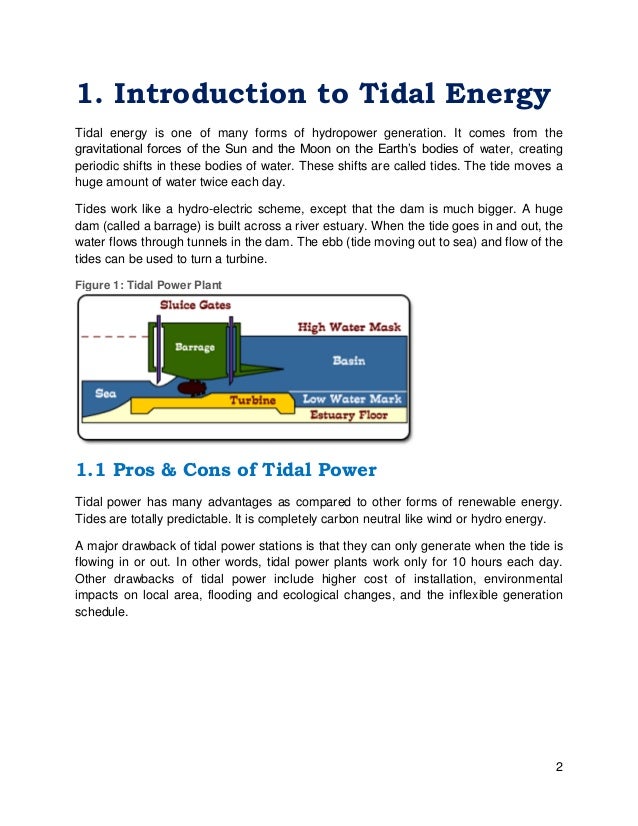

Published by Ofgem ( )Ģ Approx, based on ”first of a kind” new nuclear published by BEIS (Electricity Generation Costs 2016)

Projected installed capacity (cumulative) in UK and France are shown by bars.ġ Forward delivery contracts, weekly average. We consider this an indicative uncertainty estimate to account for differences in site properties, flow speeds and specific technologies. The blue band represents the standard deviation across the nine scenarios examined. This assumes that costs reduce by a fixed proportion as capacity doubles and has been witnessed in other technologies such as solar and offshore wind. To these we applied baseline, optimistic and pessimistic scenarios, to account for uncertainties in costs, weighted average cost of capital (used as the discount rate) and learning rates.Ĭosts were combined with global market projections to determine LCOE using a learning rated based approach. We considered utility scale devices of ~2MW. The trajectory considers three different TSE technologies: a fixed bottom horizontal axis, floating horizontal axis and a fixed bottom vertical axis. LCOE is the most widely used metric for comparing different electricity generating technologies, and is defined as the price that electricity would need to be sold at to break even financially, considering the costs associated with the project and discounting them into the future. Using real cost and performance data from technology providers we have devised a levelized cost of energy (LCOE) trajectory for TSE. Top-left: Sabella D10 Top-right: Hydroquest Oceanquest Bottom-left: SIMEC Atlantis AR1500 (IP majority stake now owned by Proteus Marine Renewables) Bottom-right: Orbital O2. Devices from four of the leading tidal stream device developers.

Four of the technologies that have been deployed in real sea conditions by TIGER partners are shown below. This is being achieved by an 18-partner consortium, who are focussed on getting turbines in the water and supporting consenting at six tidal sites that are under development. This €48M project, the largest ever Interreg funded project, has the aim of accelerating cost reduction, increasing knowledge and invigorating supply chains. Techno-economic analysis has been conducted as part of the pan UK-French Tidal Stream Industry Energiser Project, known as TIGER. The technology is courting significant attention, particularly in the UK and France, due to the cost reduction potential and the highly predictable energy output that can reduce costs and supply/demand mismatch in the wider electricity network.

We continue along this cost reduction theme, this time focusing solely on TSE. £88/MWh) if the aggressive progress of offshore wind can be replicated. DMEC’s analysis showed that both wave and tidal stream can drop below €100/MWh (approx. In the previous blog of the series, Simon Stark from the Dutch Marine Energy Centre (DMEC) examined buildout scenarios for tidal stream energy (TSE) and wave energy deployments by applying historic offshore wind deployment rates. The levelised cost of energy (LCOE) of tidal stream technology is forecast to reduce to £80 by 2035, with an associated buildout of ~1.5GW in the UK and France. By Ciaran Frost, Offshore Renewable Energy Catapult


 0 kommentar(er)
0 kommentar(er)
